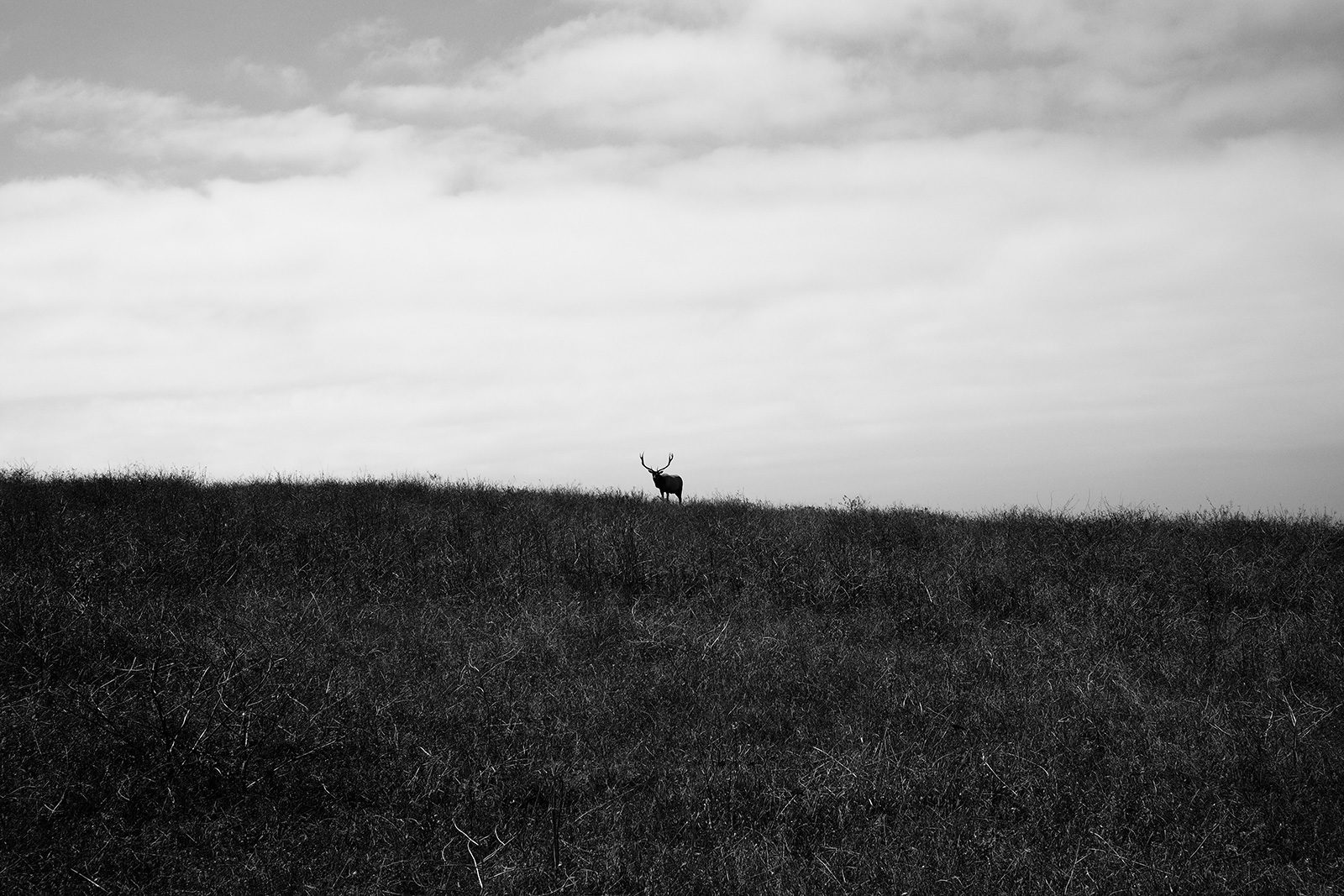You might be taken by surprise at this marshland wildlife area, with its plethora of wandering elk, playful otters, acrobatic owls, and diverse waterfowl. Just be sure it’s not hunting season when you go.
-150x150.jpg)
Sign up for our free weekly newsletter and understand everything better!

-150x150.jpg)
You might be taken by surprise at this marshland wildlife area, with its plethora of wandering elk, playful otters, acrobatic owls, and diverse waterfowl. Just be sure it’s not hunting season when you go.
-150x150.jpg)
On rainy days, wildlife watching outdoors is probably not at the top of your list, but there is one group of animals that reigns supreme during this season: amphibians. Salamanders, newts, frogs, and toads are now at their peak of … Read more

Q: What native land snails live in the Bay Area? Where do the common garden snails come from, and what’s the status of our native snail populations? [Erica, Mountain View] A: If you are a gardener like me, you eventually … Read more
-150x150.jpg)
Though we may not be able to detect it on a day-to-day basis, climate change has come to the Bay Area and is already leaving its mark on local ecosystems: rising tides in the Bay, increasingly severe wildfires, acidification of ocean waters. While it may be too late to avoid global warming’s early stages, there is a lot we can do to both understand and mitigate its impacts on our landscapes and watersheds. With the support of world-class research institutions and an active environmental movement, Bay Area scientists are taking the lead in this crucial effort.

Introduction to California Birdlife, by Jules Evens and Ian Tait, University of California Press, 2005, 382 pages, $16.95 paperback, $45.00 hardcover Don’t reach for this book hoping to immediately identify birds at the bird feeder. Think of it as a … Read more

Raptors of California, by Hans and Pam Peeters, University of California Press, 2005, 305 pages, $17.95 Here in California, we are fortunate to have 27 species of raptors, a designation that includes eagles, hawks, and falcons. It’s not unusual for … Read more
-150x150.jpg)
Think of the western scrub jay: screeching, assertive, a bully and glutton at backyard bird feeders. But also, as Judith Larner Lowry has noticed in her West Marin yard, caching acorns, bay nuts, and other seeds, many more than the birds could ever hope to recover. Given that these seeds can’t move uphill on their own, we owe our oak-studded hillsides in part to the forethought, and forgetfulness, of this very familiar bird. Lowry’s advice? Sit back and let a few of our local jays’ missed meals take root.
.jpg)
In our October-December 2004 issue, Bay Nature reported on efforts to restore once-thriving Bay populations of the West Coast oyster, Ostrea conchaphila, which were devastated by a complex mix of Gold Rush-era sedimentation, Bay fill, pollution, and over-harvesting. In the … Read more
.jpg)
-150x150.jpg)
From the snowdrifts of Siberia to the labs of UC Davis, assistant research professor Vladimir Pravosudov has studied the food-caching behavior of various birds, including Russian birds that cache up to half a million items in one year. Born in … Read more